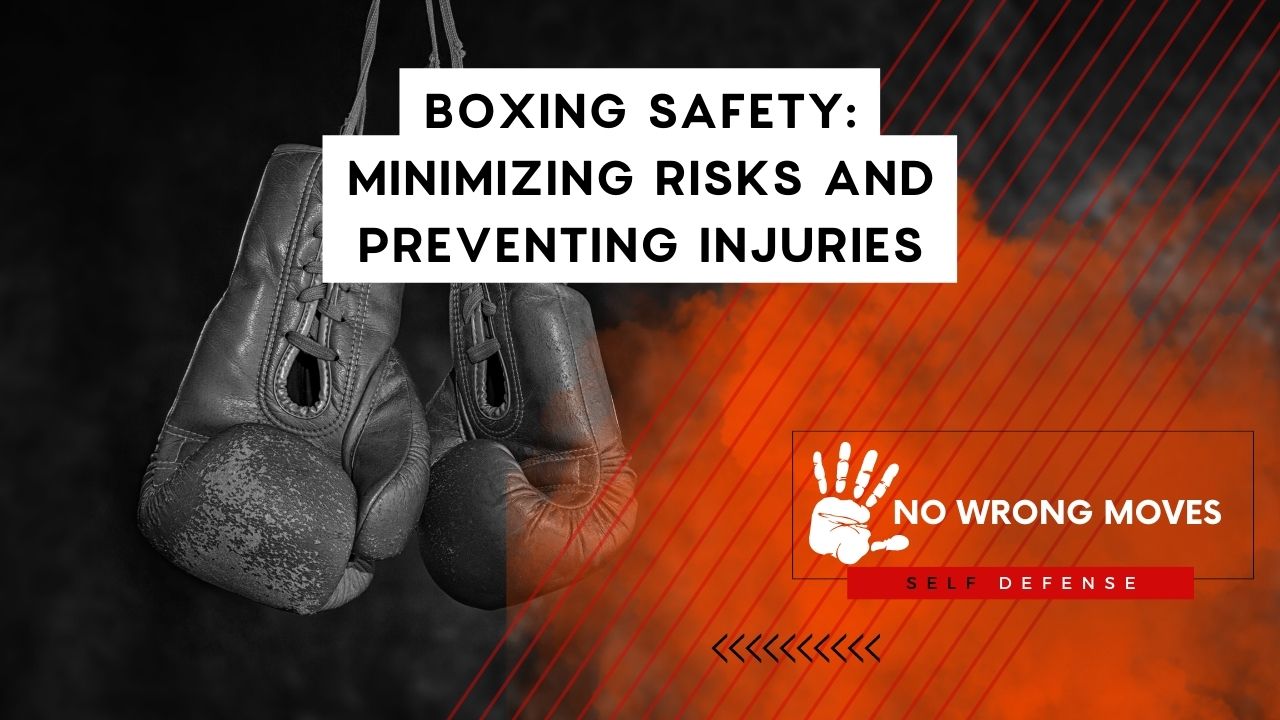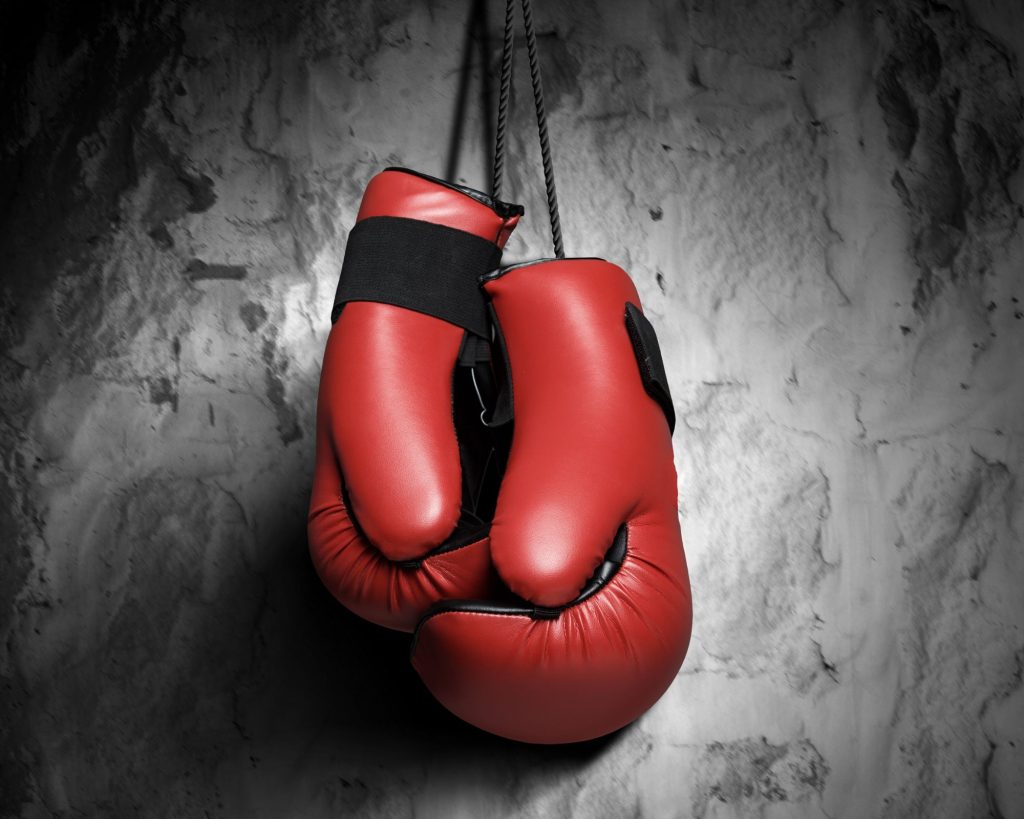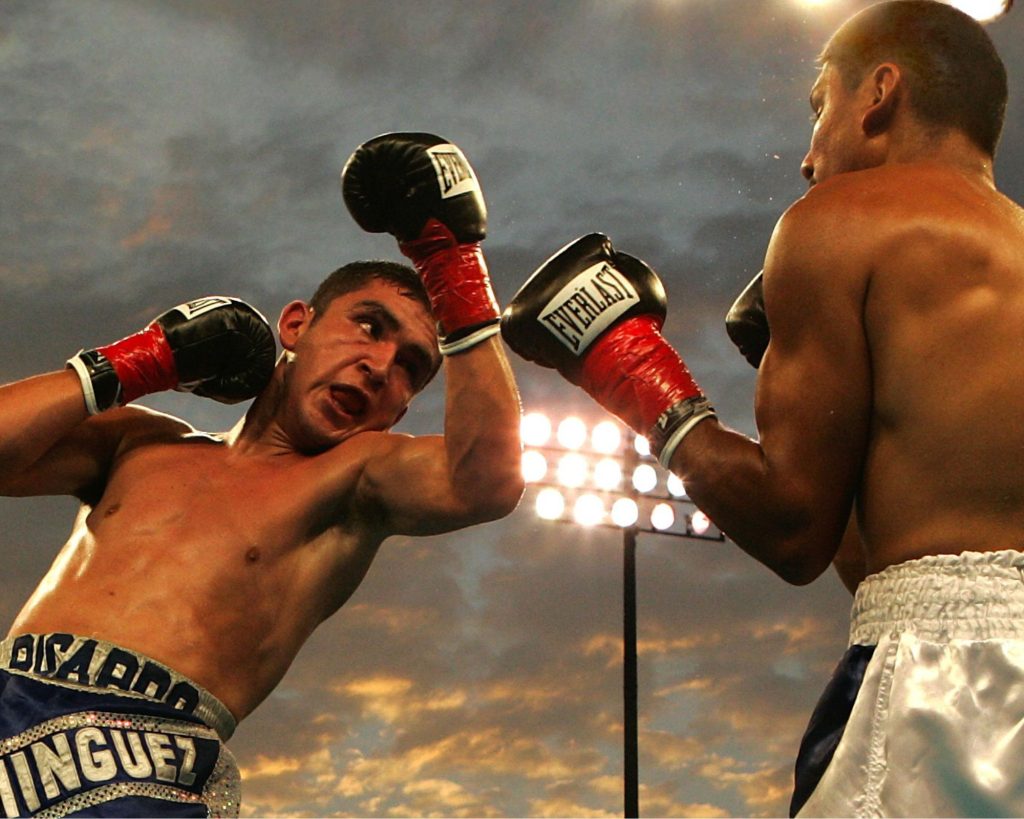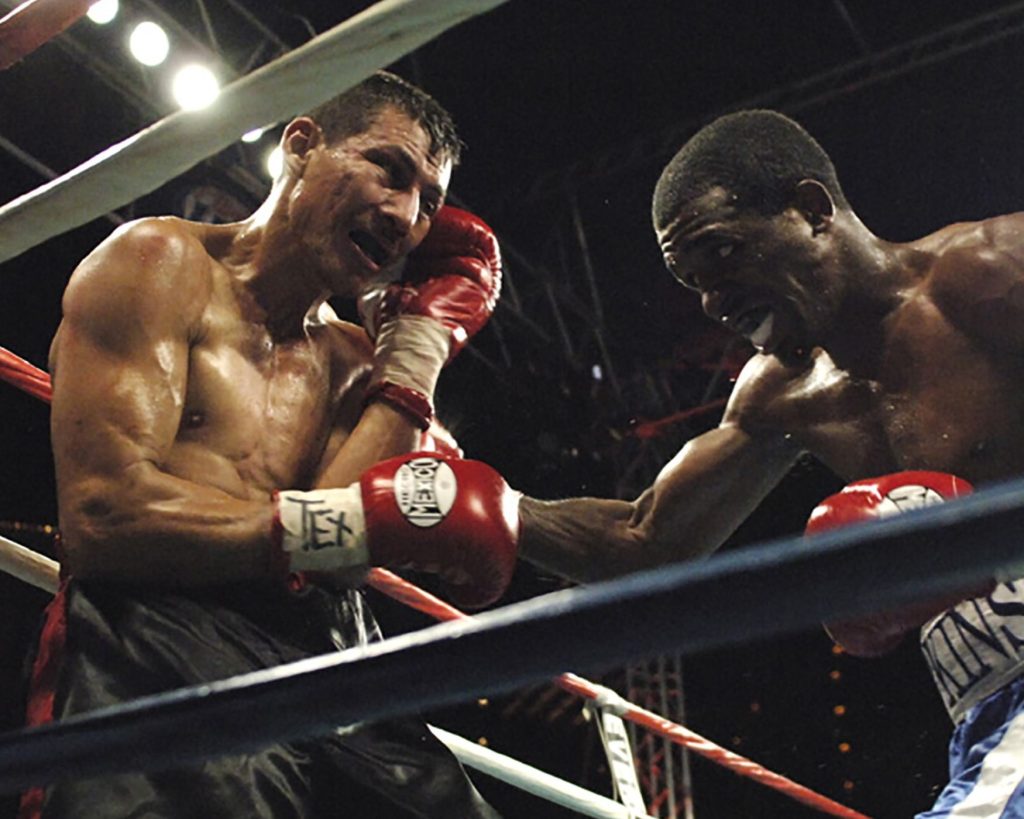
Boxing is a thrilling and physically demanding sport that requires a lot of skill, discipline, and dedication. However, it's also a sport that comes with a lot of risks and potential for injuries. As a boxer, it's crucial to prioritize safety at all times to minimize those risks and prevent injuries.
In this article, I'll provide some valuable tips and advice on how to stay safe while boxing. From understanding the risks and proper equipment to essential boxing techniques and ringside safety measures, I'll cover everything you need to know to keep yourself safe in the ring.
The Importance of Boxing Safety
Boxing safety is essential for anyone who wants to participate in this sport. Without proper safety measures and techniques, boxing can be a dangerous and high-risk activity.
The right safety precautions can protect you from some of the most common injuries, such as cuts, bruises, fractures, concussions, and more.
Furthermore, prioritizing safety doesn't only protect you from physical injuries, but it also helps you perform better in the ring. When you're confident that you're taking all the necessary precautions, you can focus on your form, technique, and strategy instead of worrying about getting hurt.
Understanding the Risks of Boxing

As mentioned earlier, boxing carries a lot of risks that need to be addressed. These risks include head injuries, facial injuries, hand injuries, and body injuries. Understanding these risks is the first step in being able to prevent them.
Head injuries are the most severe risk associated with boxing. They can include concussions, brain hemorrhages, and other traumatic brain injuries.
Facial injuries are also common and can include cuts, swelling, and fractures. Hand injuries are also a high risk in boxing, with many boxers suffering from broken bones or fractures.
Body injuries are also prevalent in boxing, with boxers experiencing injuries to their ribs, shoulders, and other parts of the body. These injuries can be prevented by using proper techniques and protective gear.
Essential Boxing Safety Principles And Equipment

Using proper equipment is paramount to boxing safety. The right gear can help prevent many injuries and protect you from the most common risks. Here are some essential pieces of equipment that every boxer must have:
- Boxing Gloves: Boxing gloves protect your hands and wrists from impact and help prevent hand injuries.
Mouthguards: Mouthguards protect your teeth and prevent concussions by absorbing shock.
- Headgear: Headgear protects your head and face from impact, reducing the risk of brain injuries and facial injuries.
- Wraps: Wraps protect your hands and wrists from impact and help prevent hand injuries.
- Shoes: Boxing shoes provide traction, support, and stability, reducing the risk of foot and ankle injuries.
Using proper boxing techniques is also crucial to minimizing the risk of injuries. Here are some essential techniques to keep in mind:
- Proper Footwork: Proper footwork helps you maintain balance and stability, reducing the risk of falling or tripping.
- Body Positioning: The way you position your body during boxing can affect your safety. Keep your hands up and chin down to protect your face and head.
- Punching Technique: Proper punching technique can reduce the risk of hand injuries. Keep your wrist straight and hit with the knuckles.
- Blocking and Dodging: Blocking and dodging techniques can help reduce the risk of head and facial injuries.
- Sparring with Proper Partners: Sparring with the right partners can help you hone your skills without risking injury.
Pre-Fight And Ringfight Safety Measures for Boxers

Before entering the ring, boxers must ensure they are adequately prepared. Here are some pre-fight preparations to keep in mind:
- Warm-Up: Warming up can help prevent injuries by loosening up muscles and increasing blood flow.
- Hydration: Staying hydrated is crucial for maintaining energy levels and avoiding cramps and other injuries.
- Proper Diet: Eating a balanced diet can help you maintain the stamina and strength needed for boxing.
- Mental Preparation: Mentally preparing for a fight can help reduce stress and anxiety, helping you focus on the task at hand.
Boxing safety doesn't end when you step out of the ring. Ringside safety measures are also crucial for preventing injuries. Here are some measures to keep in mind:
- Medical Check-Ups: Regular medical check-ups can identify potential health issues that could put you at risk.
Professional Trainers: Working with professional trainers can help you improve your technique and reduce the risk of injuries.
- Ringside Medical Personnel: Having medical personnel on hand during fights can ensure that injuries are promptly addressed.
- Post-Fight Care: Proper post-fight care can help you recover from injuries and ensure that they don't worsen.
Preventing and Treating Common Boxing Injuries

Despite taking all the necessary safety measures, injuries can still occur. Here are some common boxing injuries and how to prevent and treat them:
- Hand Injuries: Hand injuries can be prevented by using proper techniques and protective gear. If you do get injured, rest and seek medical attention.
- Head Injuries: Head injuries can be prevented by using headgear and avoiding dangerous punches. Seek medical attention immediately if you experience concussion symptoms.
- Facial Injuries: Facial injuries can be prevented by using proper blocking and dodging techniques. Seek medical attention for any facial injuries.
- Body Injuries: Body injuries can be prevented by using proper form and technique. Rest and seek medical attention for any injuries.
Boxing Safety: Conclusion and Next Steps

Boxing safety is critical for anyone who wants to participate in this sport. By understanding the risks, using proper equipment, and implementing essential techniques, you can minimize the chances of injuries.
Remember to prioritize safety at all times, even when you're outside the ring. If you're interested in learning more about boxing safety, there are many resources available.
Enroll in a boxing safety course, speak with a professional trainer or medical personnel, and research safety tips and techniques online. With the right knowledge and preparation, you can stay safe and enjoy this thrilling sport.
Check out other martial arts here!
[author-box-jpx-fitness]
